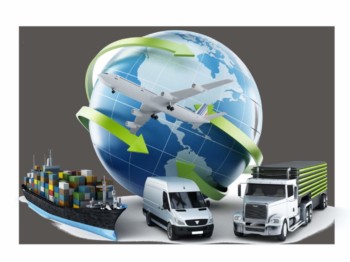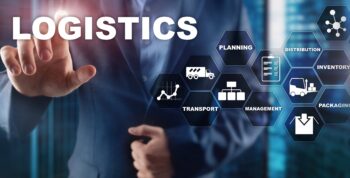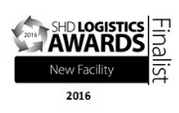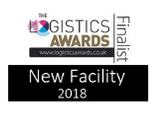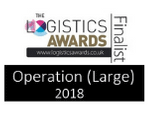The demand for reliable, flexible deliveries is steadily growing from both industrial customers and retail consumers. To fulfil such expectations, supply chains need to be organised so that they are interconnected from end to end – from the source of raw materials to the consumer’s door, continuing through to returns, disposal and recycling. So, this is intralogistics. It involves, within a distribution centre or warehouse, optimising and managing both the logistical flow of physical materials and integrating it with information management.
The benefits being sought are the same ones that all supply chain managers are chasing; minimising inventory, faster speed to market and reduced costs. For industrial customers, whose main concern is high productivity, efficient production processes are key. Productivity is improved through skilfully blending the elements of technology, labour and equipment into the most efficient combination.
Labour and employment
The warehousing operations of the past were based on simple logistics of getting goods from A to B. The current warehouses and distribution centres are beginning to resemble automated light industrial manufacturing centres. This development is impacting on the labour market: the skills required are evolving; it is no longer about only picking and packing. Besides having strong operational experience, logistics professionals now need to be highly numerate and analytical. They must be able to interpret large swathes of data and turn it into meaningful information for decision making.
Global trade
A more interconnected world is increasing competition in international, regional and national markets. Companies have to find a way to manage information and product flows across borders particularly in time of flux such as Brexit. Consumers want their orders delivered tomorrow whether they are clothes made in Vietnam or avocados from Spain, and at a competitive price. Businesses import components from other countries, but they also need to support local industries. Every company is affected by these far-reaching changes in their supply chains and it requires a great deal of flexibility.
The increasing use of technology
The market complexity that e-commerce has brought is driving companies to adopt more sophisticated systems. Consumers want 100% product availability. We are transporting smaller orders and package sizes are more variable. These logistical challenges require great attention to detail, a high degree of process assurance and speedy action. Production and distribution facilities will eventually become impossible to operate without automated integrated logistics.
Warehouse management systems
Companies are, through necessity, investing in advanced warehouse management systems (WMS) to gain a competitive edge. A typical packaged WMS solution focuses on getting the best results out of physical assets such as conveyors, robots and packaging machines by automating as much as possible. At the same time, it integrates documentation processes and data communications. If goods flow through your warehouse efficiently, along with the correct documentation, you have the elements necessary to meet consumer expectations. Optimization of operations is the aim, technology is only the facilitator.
What does technology do for intralogistics?
However, buzzwords abound in the realm of automation. Industry 4.0, artificial intelligence, digitisation and the Internet of Things (IoT) are offered as solutions to achieving a completely smart supply chain. Blockchain technology is already being applied to certify the traceability of items with the aim of verifying responsibility and ownership of a product from the beginning to the end of the supply chain. Despite the hype, we are not there yet with automation. We are still acutely aware of the increasing need for people, software, data, processes and machines work together.

